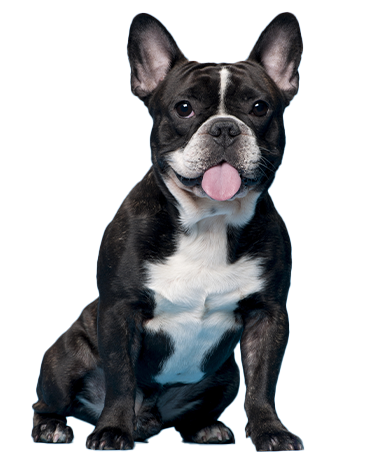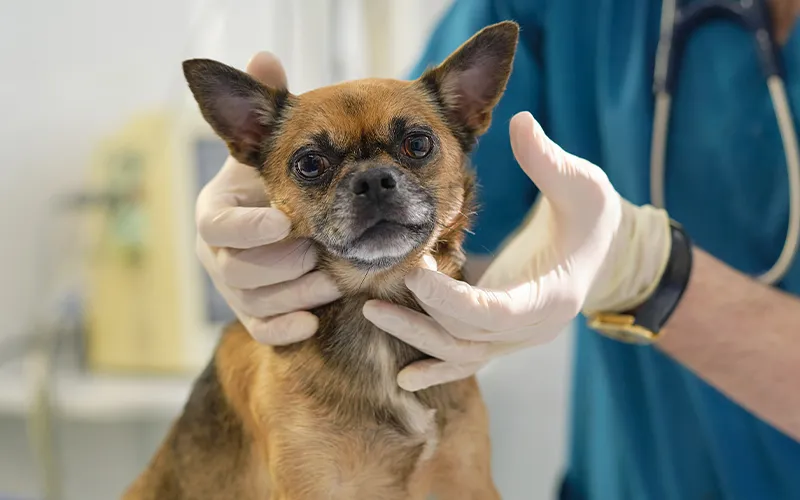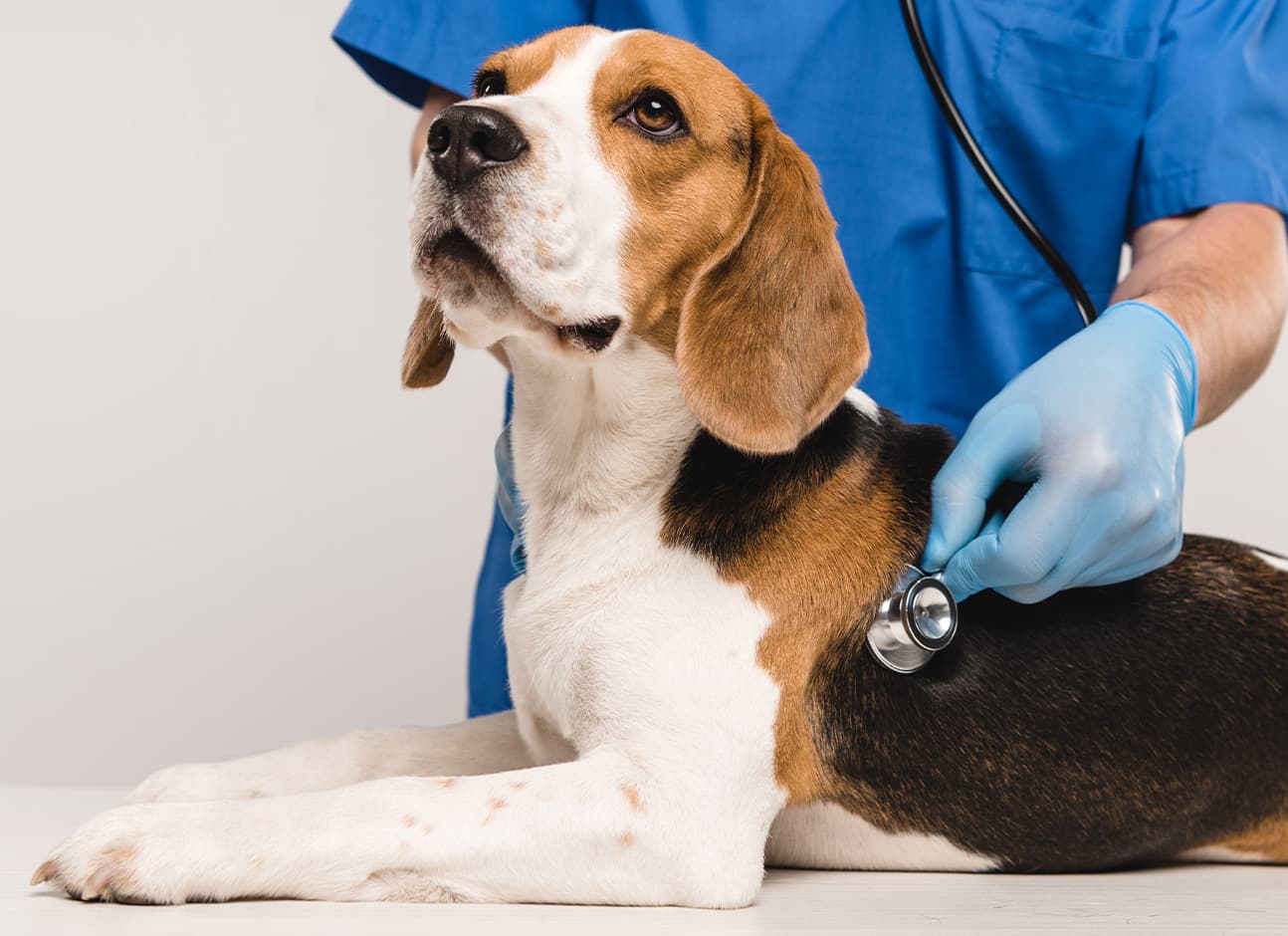Reviewed by Dr. Sarah Yosry
Updated on 1/19/2025
Reading time 2 min.
Overview
Severity: Hard
Life stage: All
The trachea which is commonly known as the windpipe, is one of the vital parts of the respiratory system. In canine tracheal collapse, the cartilage rings around the windpipe become weak and slag, making it difficult for air to pass into the lungs.
What is a tracheal collapse?
Tracheal collapse is common among dogs who are middle aged or older (4-14 years) with the Chihuahua, Pomeranian, Yorkshire Terrier, Shih Tzu, and Toy Poodle dog breeds being more susceptible to developing the condition.
However, younger dogs can also experience a case of tracheal collapse. Additionally, other existing medical conditions like chronic respiratory problems, cardiac diseases, obesity, Cushing’s disease, and exposure to smoke can increase the risk of your dog developing tracheal collapse.
Some of the clinical signs of canine tracheal collapse include:
consistent dry cough
breathing difficulties
lethargy
unusual breathing sounds
bluish gums
fainting spells

A dog with tracheal collapse coughs in a particular way which is often referred to as the ‘honking goose’ cough. Your veterinarian can typically discern a case of tracheal collapse in your dog during a physical examination, but diagnosis is confirmed through an x-ray, endoscope, or bronchoscope tests.
Treatment
Treatment for canine tracheal collapse includes medication and surgery — in some cases, even a blend of the two. Medication includes antibiotics, anti-inflammatory drugs, and cough suppressants. However despite treatment, dogs will continue to experience some degree of coughing for the rest of their lives as it is a progressive disorder. But, there are a few steps that you can take to reduce the chances of your dog developing tracheal collapse including replacing their collar with a harness and protecting them from any possible exposure to smoke and other irritants.

Conclusion
You can consult with your veterinarian on the avenues in which you can help your canine friend manage this condition so that they can live happy and fulfilling lives.
Share this, choose your platform!
Writen by
Dr. Sarah Yosry
DVM
A product of a rich Australian/Egyptian heritage, Dr. Sarah Yosry stands as a testament to the union of diverse cultures and a shared love for animals….


